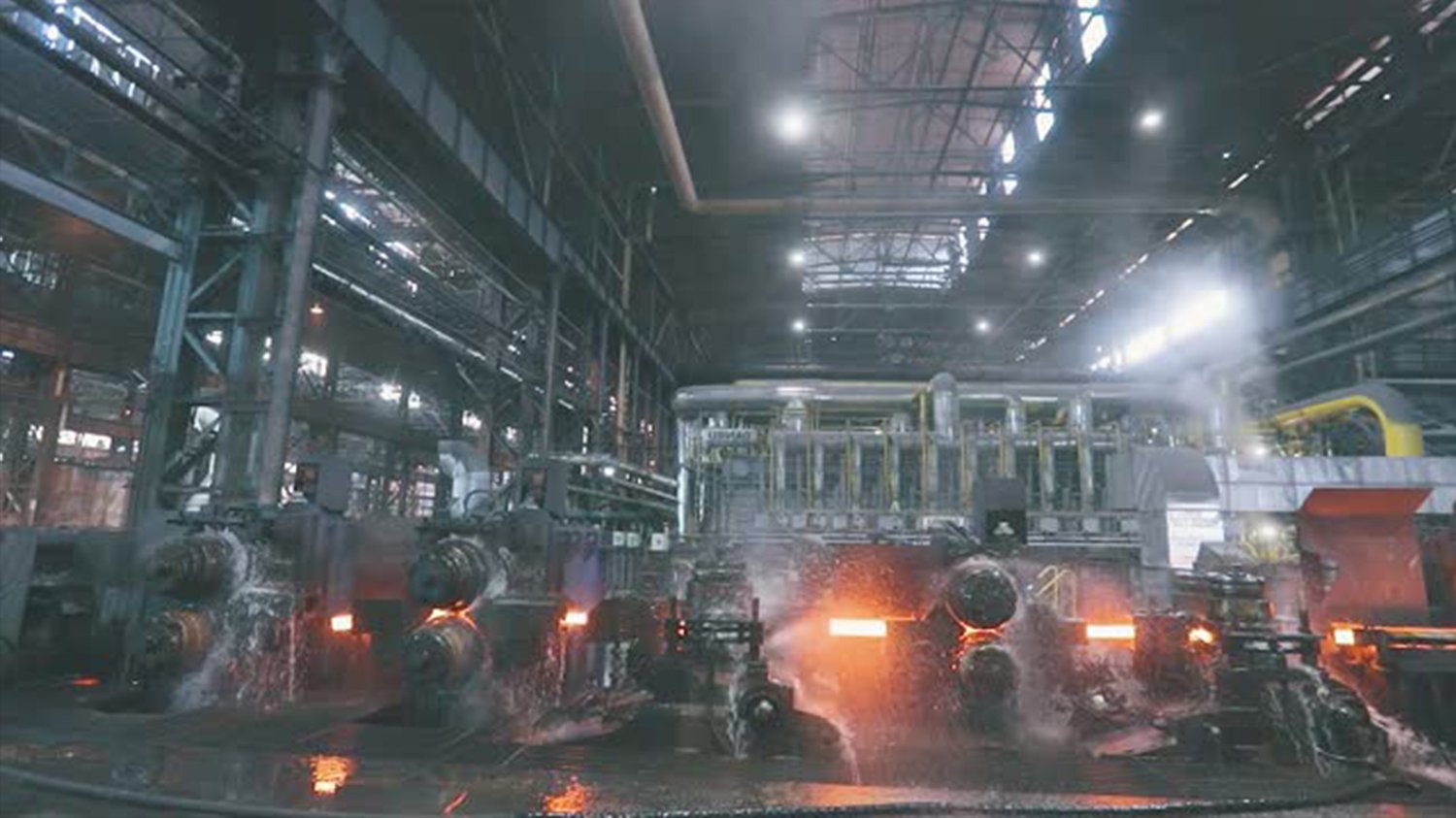Introduction
Hot rolling mills are vital machines used in the manufacturing industry to shape and form metal sheets or bars at high temperatures. However, like any complex machinery, hot rolling mills are prone to various issues that can affect their efficiency and productivity. In this article, we will explore the most common issues encountered in hot rolling mills and provide effective solutions to overcome them.
1. Inconsistent Rolling Speeds
One of the most common issues faced in hot rolling mills is inconsistent rolling speeds. This can result in uneven product quality and dimensions. To address this problem, it is crucial to regularly inspect and maintain the mill's speed control system. Calibrating and adjusting the speed control mechanisms can help ensure a consistent rolling speed, leading to improved product quality and dimensional accuracy.
2. Material Defects
Material defects, such as cracks, surface imperfections, or inclusions, can occur during the hot rolling process. These defects can significantly compromise the strength and integrity of the final product. To mitigate material defects, it is essential to properly inspect and prepare the raw materials before they enter the mill. Additionally, optimizing the rolling parameters, such as temperature and rolling force, can help minimize material defects and enhance the overall product quality.
3. Roll Wear and Damage
Roll wear and damage are inevitable in hot rolling mills due to the extreme pressure and heat involved in the process. Excessive roll wear can lead to surface defects on the rolled products and increase the risk of mill breakdowns. Regular roll maintenance, including grinding, reconditioning, and replacement, is crucial to prevent excessive wear and damage. Implementing an effective roll management program can help extend the lifespan of rolls and minimize production disruptions.
4. Mill Chatter
Mill chatter refers to the undesirable vibrations and oscillations that occur during the rolling process. It can result in surface defects, dimensional inaccuracies, and even equipment failures. To address mill chatter, it is important to analyze the root causes, which can vary from mechanical issues to improper mill setup. Implementing vibration monitoring systems and optimizing the mill setup can help mitigate the effects of mill chatter and improve the overall rolling process.
5. Temperature Control
Precise temperature control is crucial in hot rolling mills to achieve the desired material properties and product dimensions. Inadequate temperature control can lead to inconsistent material properties, surface defects, and dimensional variations. Regular calibration and maintenance of temperature sensors, as well as proper adjustment of heating and cooling systems, are essential to ensure accurate temperature control throughout the rolling process.
6. Power and Energy Efficiency
Hot rolling mills consume a significant amount of energy, and inefficient operations can result in high energy costs. To improve power and energy efficiency, it is important to optimize the mill's operation parameters, such as roll gap, rolling speed, and lubrication. Additionally, implementing energy-saving technologies, such as regenerative drives and waste heat recovery systems, can help minimize energy consumption and reduce the environmental impact of the mill.
7. Productivity and Throughput
Limited productivity and low throughput can hinder the overall performance of hot rolling mills. This can be caused by various factors, including inadequate equipment maintenance, inefficient material handling, and suboptimal process control. Regular equipment inspections, proper training of operators, and implementing advanced process automation can help enhance productivity and increase the mill's throughput.
8. Quality Assurance and Inspection
Ensuring consistent product quality is of utmost importance in hot rolling mills. Implementing a robust quality assurance and inspection system can help detect and prevent defects before they reach the customers. This includes regular product sampling, non-destructive testing techniques, and adherence to international quality standards. Investing in advanced inspection technologies, such as automated vision systems and real-time defect detection algorithms, can further improve the quality assurance process.
9. Environmental Considerations
Hot rolling mills can have a significant environmental impact due to their energy consumption, emissions, and waste generation. To address these concerns, mills should adopt sustainable practices, such as recycling and waste management programs. Furthermore, implementing emission control systems, optimizing water usage, and investing in cleaner energy sources can help reduce the environmental footprint of hot rolling mills.
10. Operator Training and Safety
Proper operator training and safety protocols are vital in hot rolling mills to prevent accidents, injuries, and equipment damage. Operators should be well-trained in operating the mill and handling emergencies. Regular safety inspections, installation of safety devices, and promoting a safety-conscious culture within the mill are essential to minimize risks and ensure a safe working environment.

